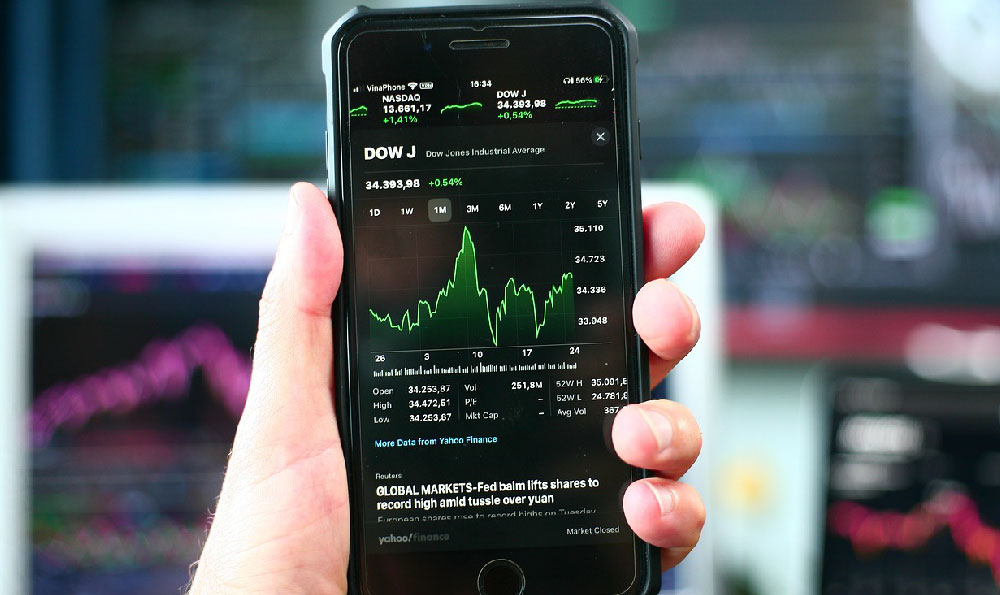How do producers earn, and what are their revenue streams?

Producers, the linchpins of any blockchain network utilizing Proof-of-Stake (PoS) or related consensus mechanisms, derive income from a variety of sources, all fundamentally tied to their role in securing and validating transactions on the network. Understanding these revenue streams is crucial for anyone considering becoming a producer or simply wanting to grasp the economics driving these decentralized systems.
The primary source of income for most producers is block rewards. These rewards are newly minted cryptocurrencies distributed to the producer who successfully creates and validates a new block on the blockchain. The frequency and size of these rewards are typically determined by the network's protocol, often decreasing over time to control inflation or as a mechanism to distribute coins more widely in the initial stages. The block reward incentivizes producers to maintain the integrity of the blockchain, as any malicious behavior could lead to the forfeiture of their rewards and potentially even their staked assets. Think of it as a continuous competition where correctly confirming transactions is the path to earning newly created tokens.
Transaction fees constitute another significant revenue stream for producers. Every transaction on the blockchain incurs a fee, which is paid by the sender to compensate producers for the computational resources required to process and include the transaction in a block. The total transaction fees collected in a block are typically distributed to the producer who created that block. In times of high network congestion, when transaction volume increases, the competition to have transactions included in a block drives up these fees, resulting in potentially substantial revenue for producers. This mechanism allows the market to naturally allocate resources and prioritize transactions based on user demand, ensuring the blockchain remains functional even under heavy load.

Beyond direct rewards and fees, many producers also receive indirect benefits. One such benefit is the potential appreciation in the value of the cryptocurrency they are earning. As the network grows in popularity and adoption, the demand for its native token increases, driving up its price. Producers who hold onto their earned rewards and fees can therefore benefit from this price appreciation, adding another layer to their potential income. This incentivizes long-term commitment to the network's success and encourages producers to act in its best interests.
Furthermore, some blockchain projects offer staking rewards to users who delegate their tokens to a specific producer. In this model, users pool their tokens to increase the producer's staking power, thereby increasing their chances of being selected to create new blocks. In return, the producer shares a portion of their earnings with these delegators. This creates a mutually beneficial relationship, allowing smaller token holders to participate in the network's consensus mechanism and earn passive income, while enabling producers to secure larger stakes and increase their overall earnings. The exact percentage of rewards shared with delegators varies depending on the network and the producer's individual policies, but it represents a vital component of many staking ecosystems.
It's important to note that operating as a producer comes with associated costs. These costs include the expense of running and maintaining the necessary hardware and software infrastructure, as well as the cost of electricity to power these systems. Producers must also invest in cybersecurity measures to protect their infrastructure from attacks and ensure the integrity of the network. Additionally, some networks may require producers to lock up a significant amount of their own tokens as collateral, known as a "stake," which can be lost if they engage in malicious behavior or fail to meet certain performance requirements. These costs need to be carefully considered when evaluating the profitability of becoming a producer.
The actual revenue a producer earns can vary significantly depending on several factors. These factors include the specific blockchain network they are participating in, the amount of stake they control, the network's overall transaction volume, the size of block rewards and transaction fees, and the producer's operational efficiency. Highly efficient producers, who can minimize their operating costs and maximize their uptime, are generally more profitable. Moreover, producers who can attract a large number of delegators can significantly increase their earning potential.
In some instances, producers can generate revenue through governance participation. Some blockchains allow producers to participate in on-chain governance decisions, such as voting on protocol upgrades or changes to the network's parameters. In return for their participation, they may receive additional rewards or incentives. This encourages producers to actively contribute to the development and improvement of the network, ensuring it remains adaptable and competitive.
Looking ahead, the revenue streams for producers are likely to evolve as blockchain technology matures. New consensus mechanisms and economic models may emerge, creating new opportunities for producers to earn income. For example, some projects are exploring the use of decentralized storage and computation services, which could allow producers to earn additional revenue by providing these services to the network. As the blockchain industry continues to innovate, producers who can adapt to these changes and embrace new opportunities will be best positioned to thrive.
In conclusion, producers generate revenue through a multifaceted system involving block rewards, transaction fees, staking rewards from delegators, potential cryptocurrency value appreciation, and potentially governance participation. While profitable, being a producer also involves incurring costs related to infrastructure, security, and staked assets. The financial success of a producer relies on a complex interplay of network dynamics, stake size, operational efficiency, and the ability to adapt to the evolving blockchain landscape. A thorough understanding of these revenue streams and associated costs is essential for anyone considering participating in the exciting and dynamic world of blockchain production.















